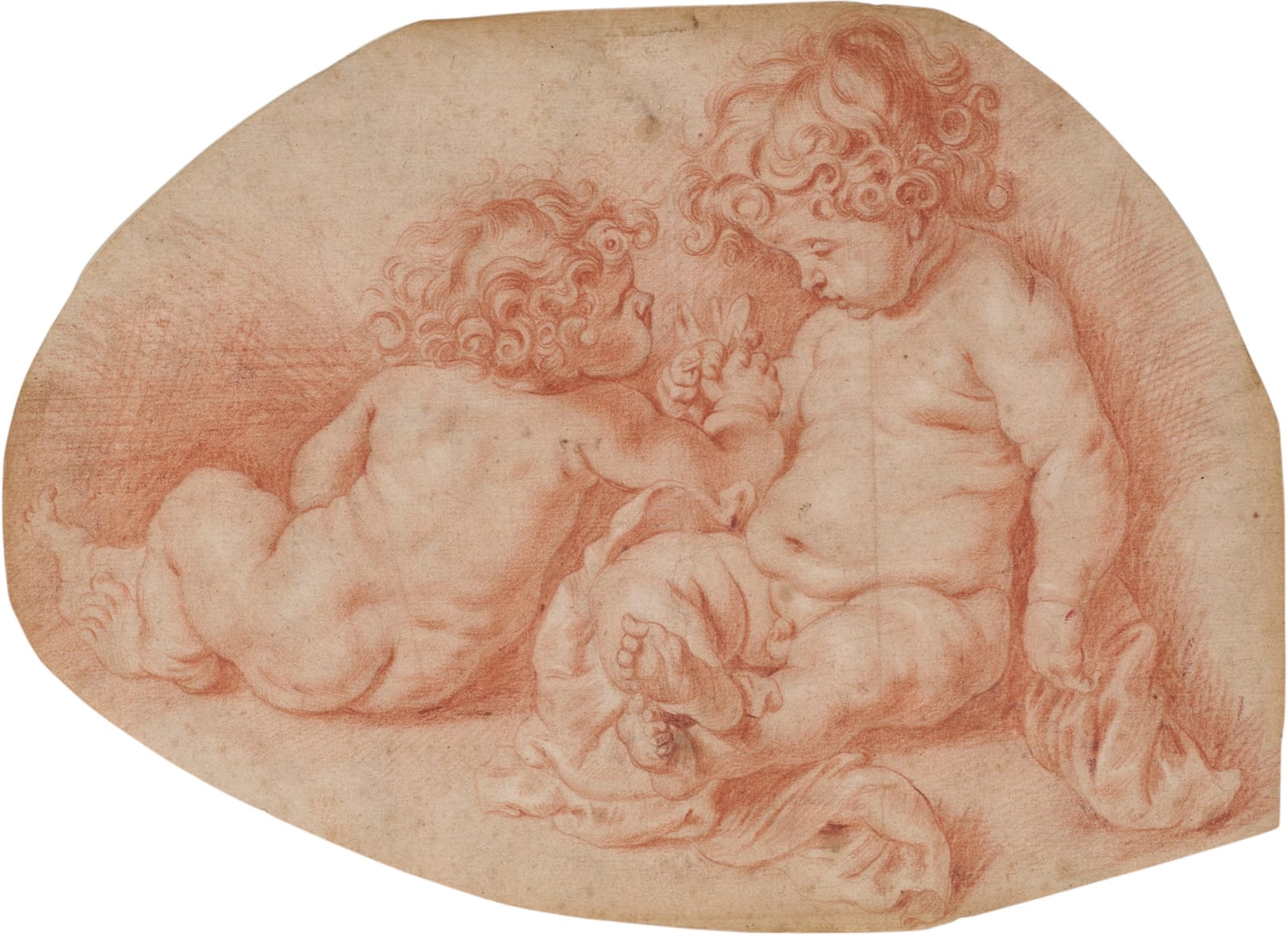Willem Panneels (Aachen (?) c. 1600 – 1634 Baden Baden)
Very little is known about Panneels’ personal life. He was born around 1600 in Aachen or Antwerp, and until his arrival in Rubens' workshop circa 1624 no information about him is known. He began working for Rubens as an engraver, and by the late 1620s he had become a leading studio assistant. When Rubens returned to Italy in 1628, Panneels was entrusted with the care of Rubens’ studio and property, which gave rise to the popular myth that the drawings of the ‘Rubens’ cantoor’ were copied in secret during the master’s absence. This theory has been largely dismissed by modern scholars as an amusing anecdote, however, and Panneels’ drawings are now viewed as a rare survival of the kind of personal archive legitimately built up by workshop apprentices during the 17th century. The Copenhagen group also provides crucial insight into how Rubens’ own archive would likely have been arranged. When Panneels left Rubens’ workshop in 1630, he travelled to Cologne, Baden and Frankfurt am Main. In 1631 he stayed in Mainz, where he worked for the prince-bishop Anselm Casimir Wambold von Umstadt. In 1632 he travelled on to Strasbourg and after that date the historical record goes silent. It is assumed that he died in Baden-Baden around 1634.
Provenance
Willem Panneels – ‘Rubens’ Cantoor’;
Eldo Netto (1927-2024), New York.
